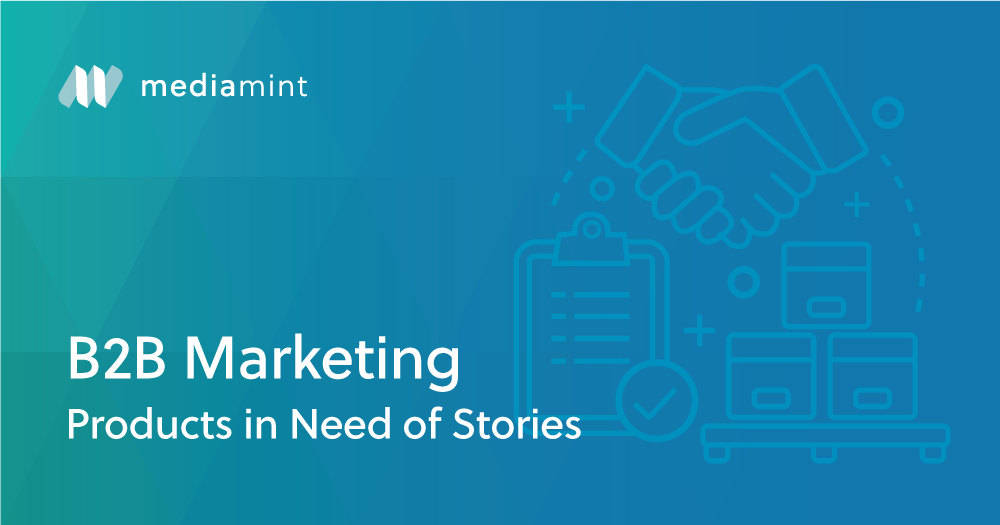There are real techniques involved in being good at B2B marketing, and it’s about time those of us who do it make it attractive like consumer marketing. Despite the vast amounts of money involved in enterprise sales, marketing to companies is still seen as the stepchild of the marketing industry, an affair of sales sheets and user manuals devoid of social media and influencers.
It’s our own fault as B2B marketers. Unlike consumer marketing, in which we feel free being creative and emotion-driven, B2B marketing is often buttoned-down, professional, and serious. It doesn’t spend millions of dollars to create Las Vegas–like fashion shows or Super Bowl ads. But shouldn’t it? Aren’t the buyers of business products also human beings?
Yes and no.
Although they are of course human beings, their motivations for buying are different. Business customers are focused on “return on investment,” which often means buying only things that either generate sales or cut costs. It’s supposedly a left-brain activity. They are also often using other people’s money or company funds. Consumers, on the other hand, can be focused on more right-brained impulses like a desire for luxury or keeping up with the Joneses. They’re using their own money. They tend to make more impulsive decisions than business customers, who buy on the information. Hence those sales sheets.
In order to convince business customers to choose a product, the marketing team must often educate them on what the product or service does and how that’s different and better than other similar offerings. This means a good selling team often includes not only a salesperson but an account manager and in a tech-based business, a sales engineer. And a piece of software called a CRM (Customer Relationship Manager).
The CRM keeps track of customers who are in the sales pipeline because they may be there for months, and we don’t want to forget them while they make their big, slow decision. Grabbing a carton of cereal off a supermarket shelf doesn’t take very long; although, the lifetime value of a customer whose family grows up on Cap’n Crunch for 25 years could be every bit as high as that of an enterprise software buyer. The enterprise software buyer, however, is aware that he’s making a big decision. The consumer usually is not. In general, it’s more expensive and takes longer to sell a business product than a consumer product, no matter its value.
Because B2B marketing is often a long, arduous process, we’ve even got a special language for it. A buyer enters the marketing “funnel” through a “top-of-funnel” tool like a piece of content or an ad. If it’s an ad, the marketing is said to be “outbound,” which means the marketing messages are pushed out to the prospect of the company. If it’s a piece of content offered in return for contact information, like a white paper, the marketing is “inbound,” which means the prospect has to ask for the content.
Once the prospect enters the funnel, there are “touchpoints” along the “customer journey.” In theory, the prospect is traveling down the funnel to the point of purchase, where they become a customer. Until then, there is regular communication with the prospect, which can be by means of a chatbot, an email, or social media.
But B2B marketing no matter how many “mar-tech” tools it uses, is still nothing without a story — the same kind of story that makes consumer brands compelling. A great example of how a business product can tell a story so compelling that it becomes a consumer product is that of Apple, which has become the most valuable brand in the world. Can you believe computers were once just for business? Only the story told so well by Steve Jobs made this “business machine” cross the line. We B2B marketers would do well to remember how to make our products, not just necessary or cost-effective, but also “cool.”


Recent Comments